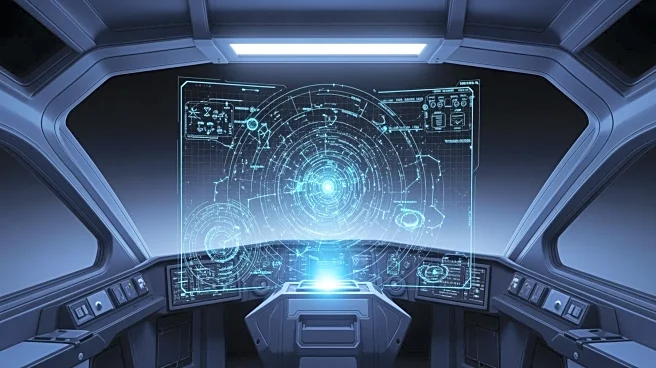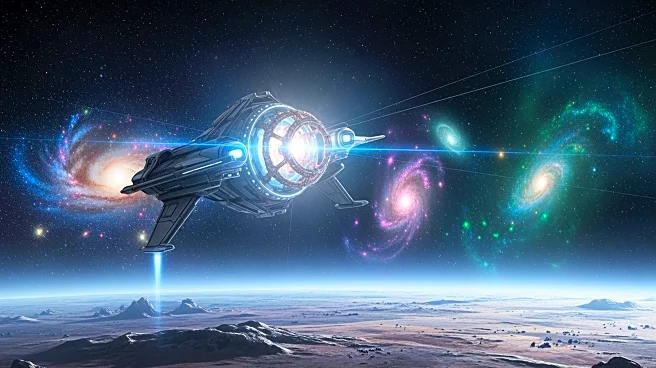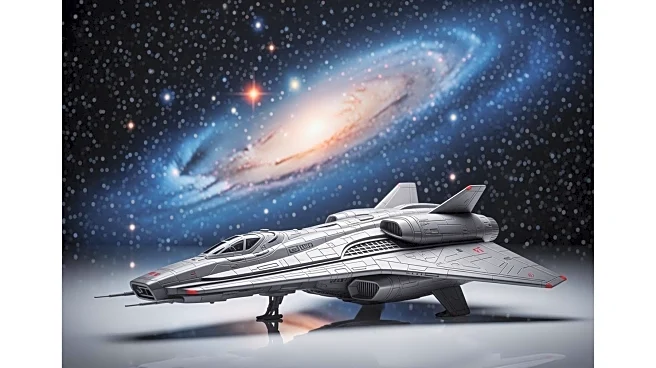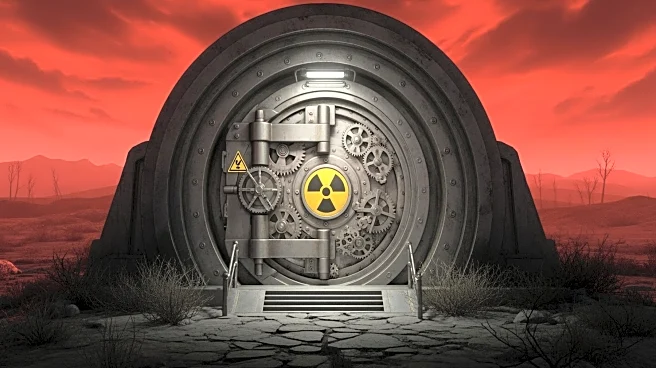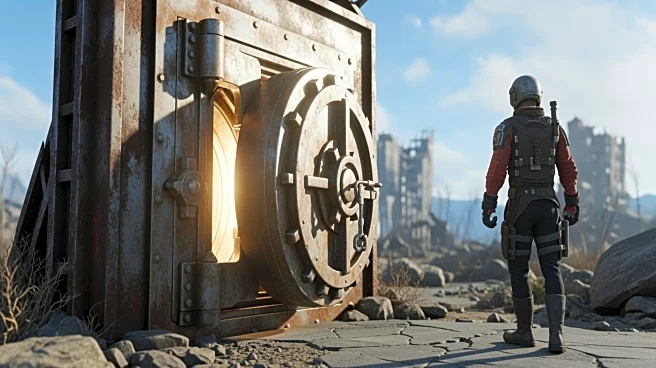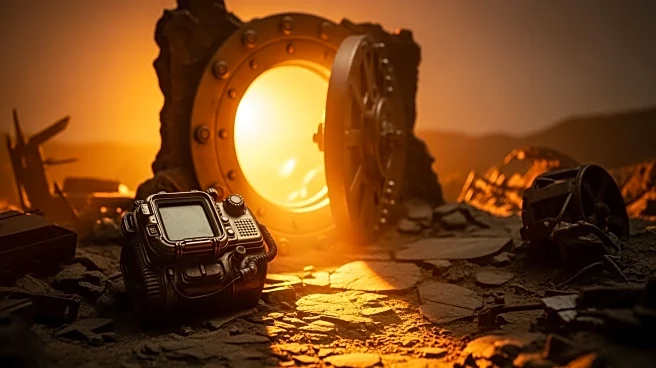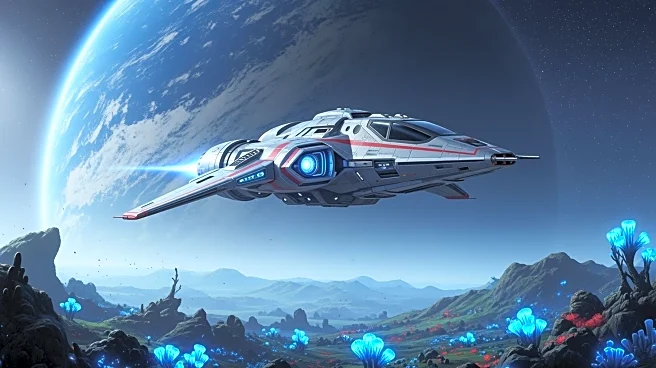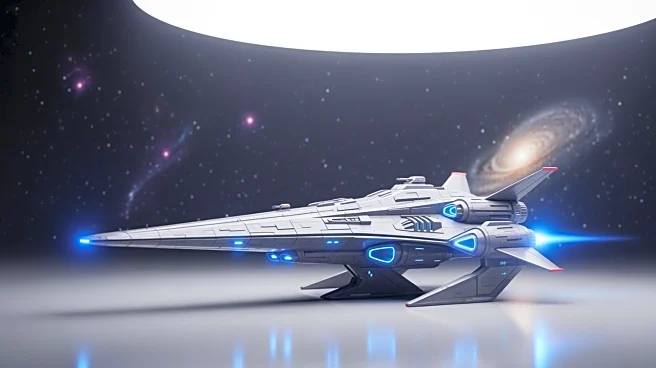What's Happening?
Bruce Nesmith, a former systems designer for Starfield, has shared his insights on the game's reception and design choices. Starfield, developed by Bethesda, was the studio's first new series in over 25 years, following its successful franchises like
Fallout and Elder Scrolls. Despite high expectations, Starfield's critical and commercial reception did not meet the anticipated levels. Nesmith attributes this to the game's reliance on procedural generation and the inherent nature of space, which he describes as 'boring.' He believes that the game's planets feel repetitive and lack the excitement found in other Bethesda titles. Nesmith also noted the limited variety of serious opponents in the game, which he feels detracts from the storytelling potential. Bethesda has marked the two-year anniversary of Starfield with a secret message on social media, hinting at potential future updates and DLC.
Why It's Important?
The critique from a former designer highlights the challenges faced by game developers in balancing innovation with player expectations. Starfield's reception underscores the difficulty of creating engaging content in a space setting, which is often perceived as vast and empty. This feedback is significant for the gaming industry, as it may influence future design decisions and the use of procedural generation in open-world games. Bethesda's experience with Starfield could lead to changes in how they approach new projects, potentially impacting their development strategies and the types of games they produce. The discussion also reflects broader industry trends, where player engagement and narrative depth are increasingly prioritized.
What's Next?
Bethesda is expected to continue supporting Starfield with updates and potential DLC, as indicated by their recent social media activity. The company may release an overhauled 'cruise mode' for space travel, which could address some of the critiques regarding the game's exploration mechanics. Additionally, a release on PS5 is anticipated, which could expand the game's audience and provide a new opportunity for success. The feedback from Nesmith and the gaming community may influence Bethesda's future projects, encouraging them to refine their approach to procedural generation and open-world design.
Beyond the Headlines
The critique of Starfield's design choices raises questions about the role of procedural generation in creating immersive gaming experiences. While it offers vast exploration possibilities, it can lead to repetitive and less engaging environments. This discussion may prompt developers to explore alternative methods for creating diverse and dynamic game worlds. Furthermore, the reception of Starfield highlights the importance of managing player expectations, especially for established studios like Bethesda. The industry may see a shift towards more curated and handcrafted experiences, balancing scale with depth and variety.
